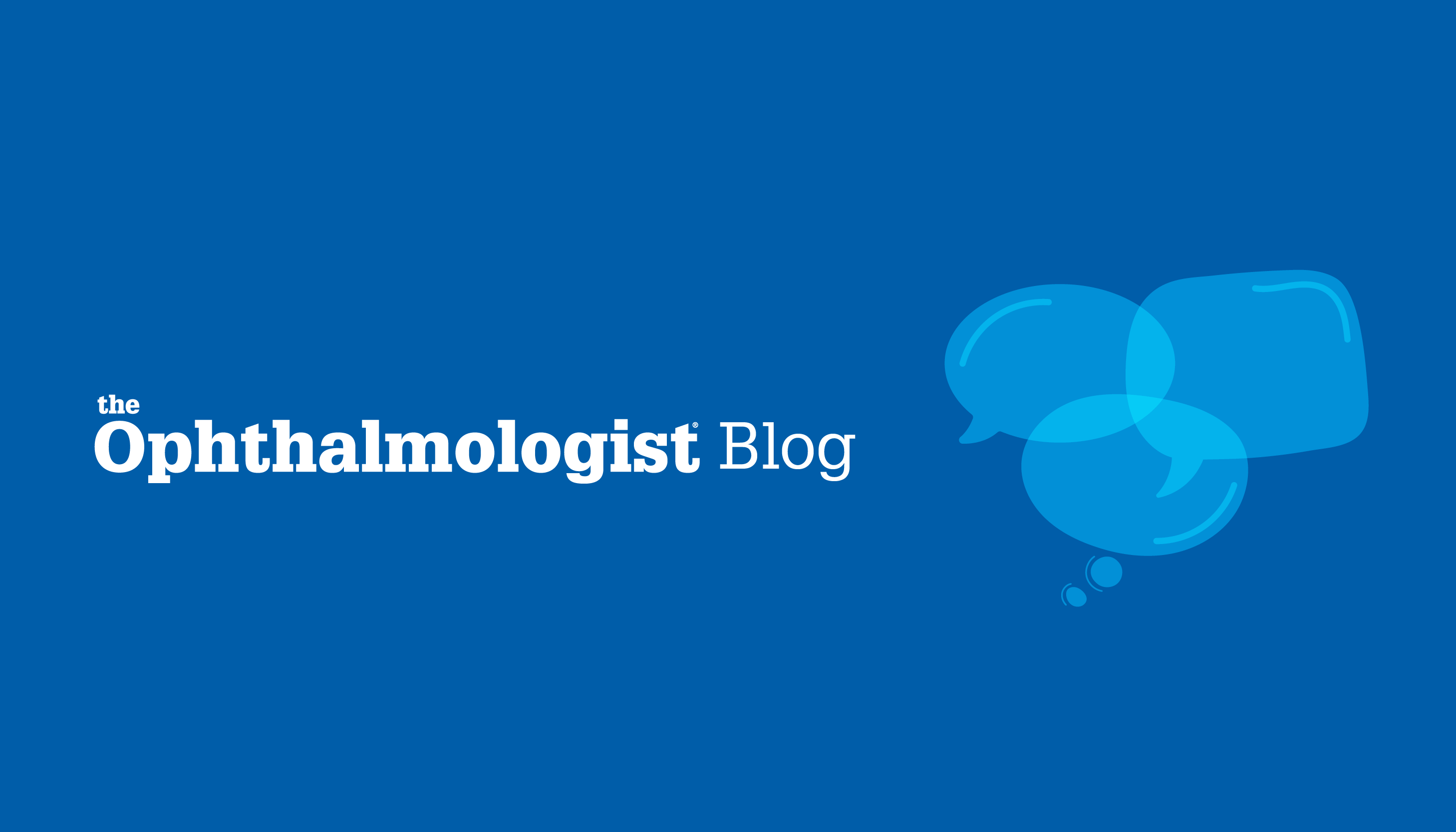
Although the brain is not the primary organ under the jurisdiction of the ophthalmologist, it nevertheless plays an essential role in enabling sight and connecting external stimuli to an often complex internal response. Consider recent research breakthroughs that have showcased the association between individual differences in primary visual cortex size with contrast sensitivity or the identification of a functional link between light exposure and cognitive and emotional responses.
Unsurprisingly, when the connection between the eyes and the brain is impaired, a patient’s eyesight declines or is completely lost. But what happens when the patient – despite overwhelming evidence of such impairment – claims that they can still see?
In letter 50 of his Moral Letters to Lucilius, Roman philosopher and politician Seneca commented on Harpaste, his wife’s slave: “You know Harpaste, my wife’s female fool; she has remained in my house, a burden incurred from a legacy […] Now this clown suddenly became blind. The story sounds incredible, but I assure you that it is true: she does not know that she is blind. She keeps asking her attendant to change her quarters; she says that her apartments are too dark.”
This bizarre excerpt is believed to be one of the earliest descriptions of Anton syndrome, a condition of visual anosognosia associated with confabulation in the presence of obvious visual loss and cortical blindness (1). Although the condition is rare (only 28 cases have been published between 1965 and 2016), its perplexing presentation generally garners considerable attention (2). However, this attention – as the excerpt from Seneca’s letter aptly demonstrates – is not always positive, reminding us all of the need for empathy and patience when considering those who present with seemingly inconceivable behaviors.
For those experiencing Anton syndrome, simply navigating life becomes a confusing and disorientating affair; their sincere denial of their visual deficit is repeatedly contradicted by both the people and the world around them. Imagine spending your entire life trusting in what you can see; you might consider anybody telling you otherwise to be the “fool” of the situation.
As a result of Anton syndrome’s low prevalence, the body of research on the condition hasn’t had much opportunity to grow. The results of a 2022 study pushed against this standard, suggesting that the visual anosognosia experienced is associated with the disruption of a functional network comprised of the posterior cingulate, corpus callosum, and parts of the visual associate cortices; however, the exact cause of the syndrome still remains unknown (3).
How does our lack of understanding affect our approach to patients with unseen vision related issues – and how does it affect our empathy? Although the typical end goal is to find a way to help a patient manage their symptoms, the first important step may be believing them and asking the right questions.
This is not something limited to Anton syndrome. Judith Potts shared her mother’s experience with Charles Bonnet syndrome – a condition that results in vivid hallucinations alongside vision loss. She noted the struggle to get practitioners to even acknowledge Esme’s condition, let alone treat her. In her account, Judith explains that a lack of knowledge may have been the cause of this disinterest in engaging with patients experiencing what is a “disturbing yet extremely common condition.” Since then, Potts founded Esme’s Umbrella, a charity that raises awareness and funds for research into Charles Bonnet Syndrome (4).
Through funding and research, science often provides clarity to previously unknown or misunderstood conditions – but knowledge shouldn’t be a prerequisite to listening to and acknowledging what patients are experiencing. After all, one only looks and calls another a fool when they can’t see – or empathize with – what’s going on underneath.
References
- C André, “Seneca and the first description of Anton Syndrome,” J Neuroophthalmol, 38, 511 (2018). PMID: 29979335.
- National Library of Medicine, “Anton Syndrome” (2022). Available at: http://bit.ly/3ECustp.
- K Gaudet et al., “Network Localization of Visual Anosognosia from 28 Cases of Anton Syndrome,” Neurology 98 (18 Supplement), 3 (2022).
- Esme’s Umbrella (2022), Available at: http://bit.ly/3U9vvqt.
